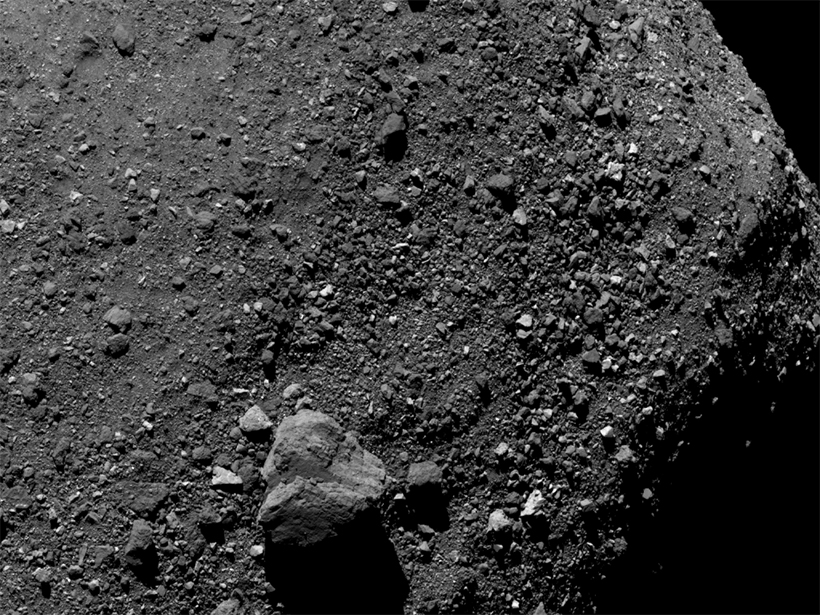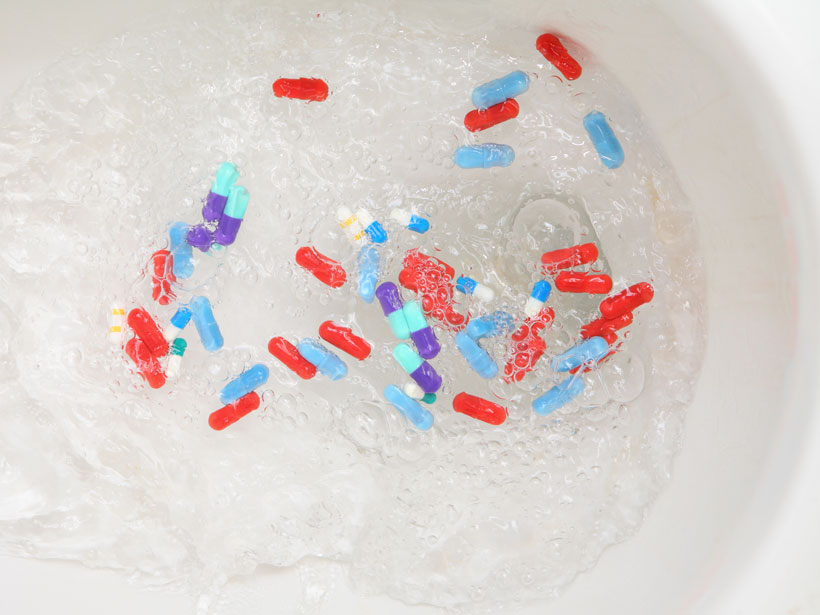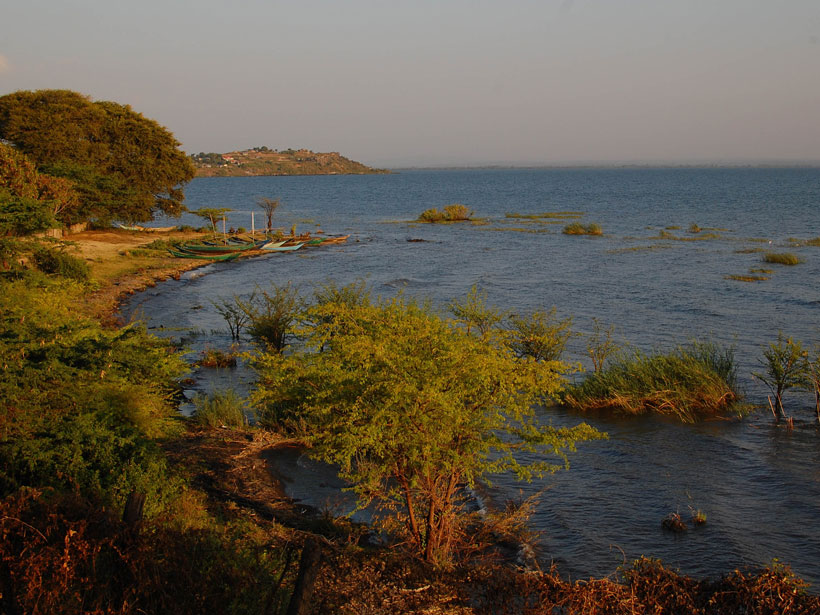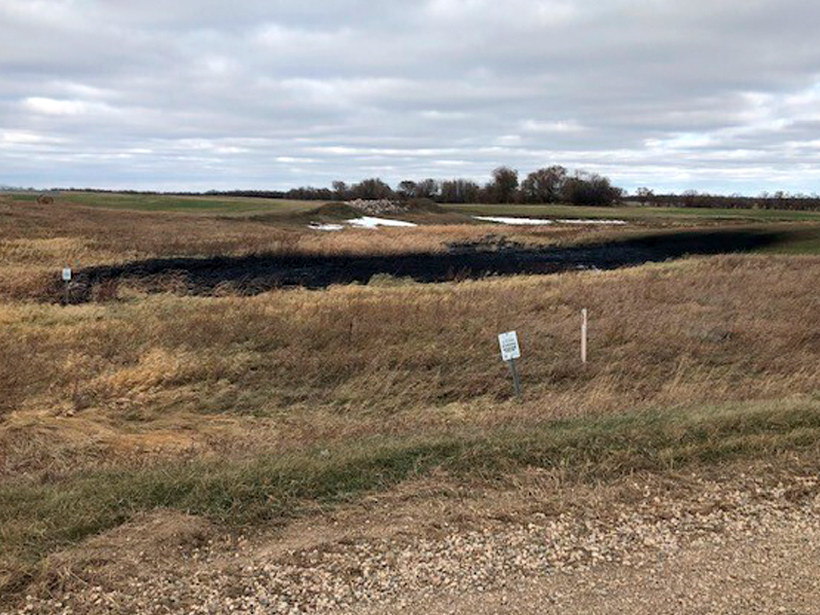Scientists imagined some innovative technologies that could enhance a future mission to Uranus or Neptune.
Kimberly M. S. Cartier
Kimberly M. S. Cartier, Senior Science Reporter for Eos.org, joined the Eos staff in 2017 after earning her Ph.D. studying extrasolar planets. Kimberly covers space science, climate change, and STEM diversity, justice, and education
Body-Based Jargon Can Be Harassment When It Turns Sexual
Geology terms based on the human body are extremely common, but they can create a culture where sexualized language in the workplace, a type of harassment, is rampant.
Hurricanes Hit Puerto Rico’s Mangroves Harder Than Florida’s
The scale and pattern of damage to the Puerto Rican forests suggest a complex interplay between wind, land, and sea.
Location, Location, Location: The How-to’s of Asteroid Sampling
Finding the right spot to grab a sample of Bennu was more of a challenge than the OSIRIS-REx team had originally planned.
A Modern Manual for Marsquake Monitoring
Thanks to some extraordinary engineering, the InSight mission has led the new field of Martian seismology to the development of a new planetary magnitude scale in less than a year.
Keeping Indigenous Science Knowledge out of a Colonial Mold
A new working model could help scientists design and facilitate research that adheres to both scientific and cultural ethics standards when working with indigenous knowledge about climate and the environment.
Drugs in Our Water Can Leave Even More Toxic By-Products
The chemicals in our pharmaceuticals and personal care products quickly transform into different compounds when they enter the environment. Their toxic effects are relatively unknown.
Dire and Drier Future for Lake Victoria
In the past, Lake Victoria dried out swiftly and often when rainfall was limited. Climate change might bring about those conditions again within a century.
Plankton Biodiversity Mapped Globally
A team of scientists sailed around the world to catalog the diversity of plankton species in the ocean. Their findings have important economic implications as climate warms.
Keystone Pipeline Spills 9,120 Barrels of Oil in Dakota Wetlands
The leak took place along a preexisting section of the Keystone Pipeline. This is the pipeline’s fourth spill in 9 years.










